Patrick Stevenson-Keating reimagines the value of currency
British designer Patrick Stevenson-Keating has reimagined the financial system to create a banking process intended to encourage users to think more about their purchases for this year's Designers in Residence programme at London's Design Museum (+ slideshow).
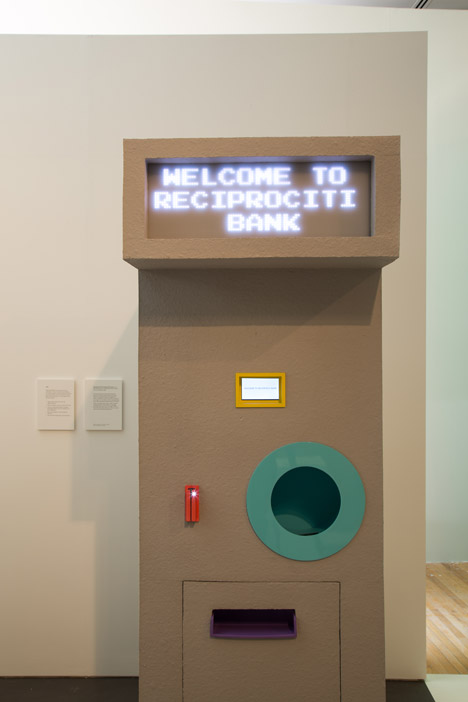
Working with the theme of Disruption set by the Design Museum for the four young designers commissioned for the programme, Patrick Stevenson-Keating considered the impact a fluctuating currency would have on spenders and the wider economy.
"We have a very rigid view of economics, money and finance I think," Stevenson-Keating told Dezeen. "It's a system we all interact with every day but because of its ubiquity it's become very passive."
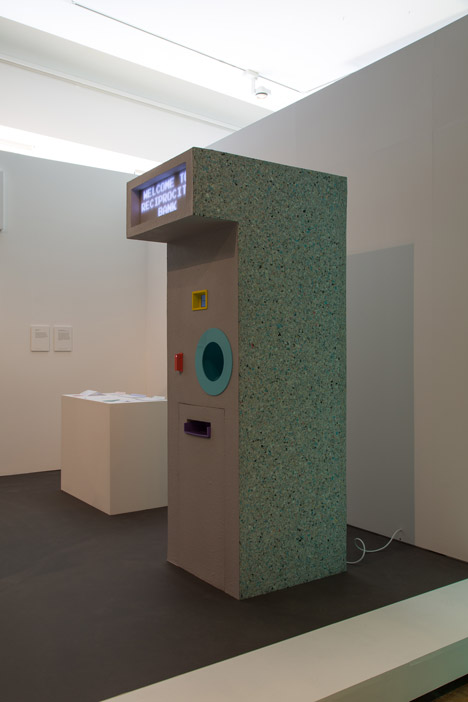
The designer took inspiration from an experimental demurrage currency trialled in Austria for a brief period in the 1930s. A tax was levied on the tender and its value decreased the longer it was kept.

"It was a way to stimulate spending," the designer told Dezeen. "I thought that was fascinating, that the actual design of the bank note itself could influence peoples' spending behaviours. That was the seed of a lot of the ideas."
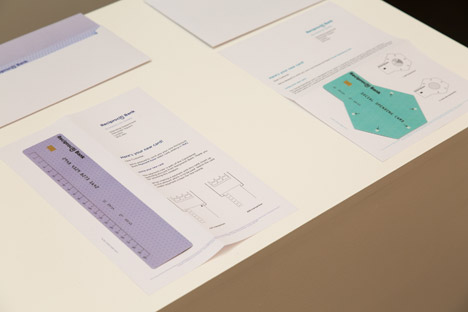
Keating-Stevenson responded by creating Reciprociti – an imaginary bank with its own bank note, debit card and cash dispenser, and playful branding that promises to solve a wealth of economic problems.
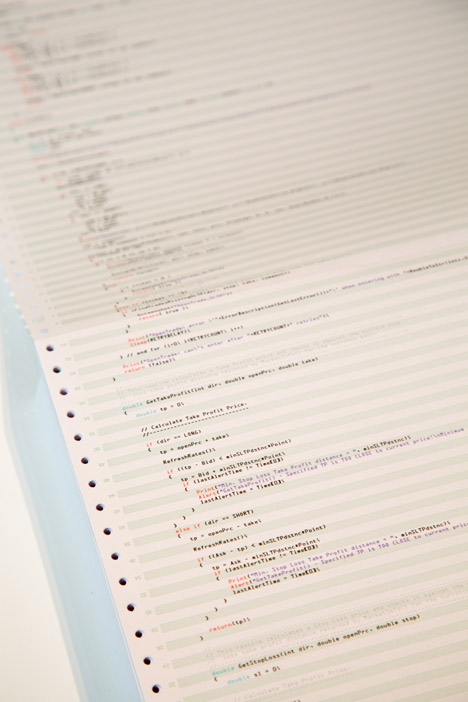
The Reciprociti ATM forgoes the traditional keypad in favour of a motion-sensor intended to reference hand gestures used in the stock-market, and tenders notes while displaying your recent purchases in luminous letters on an overhead digital screen.
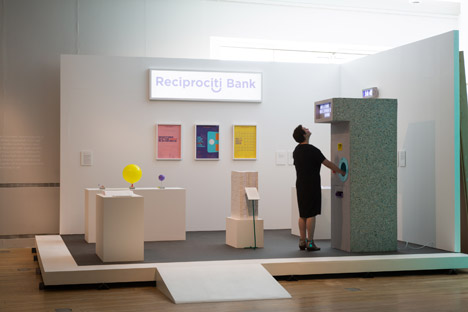
"I'd certainly think twice before getting that KFC," said the designer, who is the founder of Studio PSK.
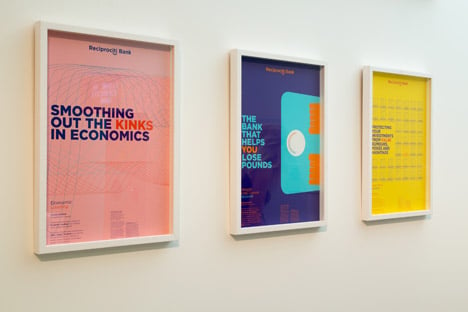
The notes are designed to have a value that fluctuates with time and location intended to encourage or dissuade spending in particular areas at specific times. Printed with 100 fine graph lines across their face, the ATM machine reads the currency to determine its worth.
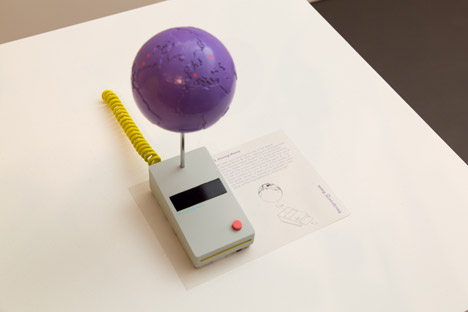
"I was very interested in this idea about money and finance, not just being a tool for buying and selling but also for shaping society more generally," he continued. "Not necessarily getting people to spend more money, but to think a bit more about where their money goes and what they spend their money on."
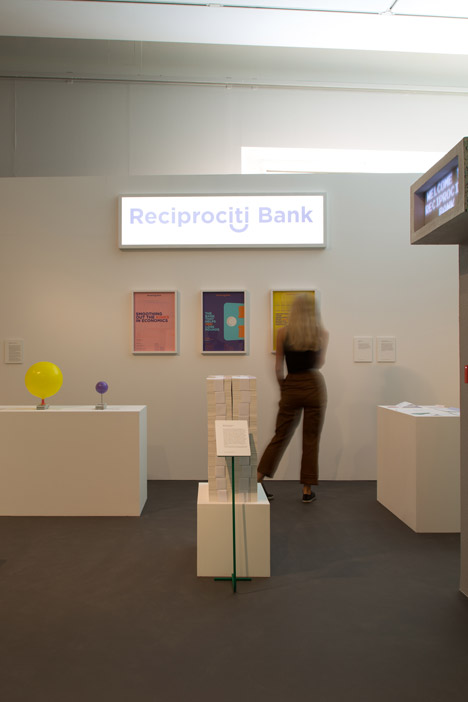
Photography is by Luke Hayes.